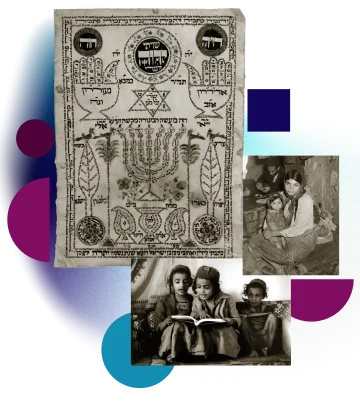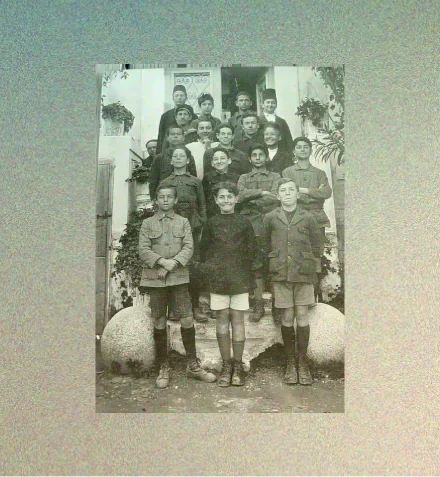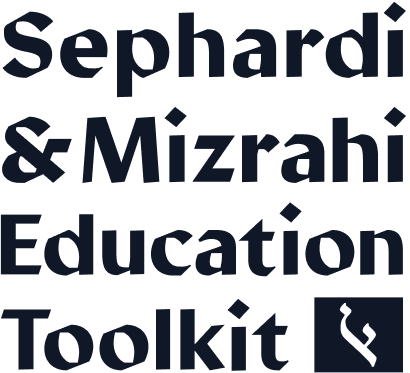

Our Mission
This curriculum guide is committed to providing Jewish educators with the tools and strategies to develop schools that are inclusive of families of all Jewish backgrounds, and to present their students with a rich and expansive understanding of Jews throughout the world.
1
To help Jewish educators develop a school culture that accurately reflects the increasing diversity of local Jewish communities and that is inclusive of students and families of all Jewish backgrounds.
According to the Pew Research Center’s 2020 report of Jewish Americans, approximately 3 of 10 Jewish Americans under the age of 30 identify as Sephardi and/or Mizrahi, identify as non-White or multiracial, or are first or second generation immigrants from Latin America, Asia, Northern Africa, and/or the Middle East. The data suggest that many American Jewish day schools, which were founded upon and are still rooted in Ashkenazi customs, culture and practice, are struggling to meet the needs of increasing numbers of students and families who do not identify as Ashkenazi. Research indicates that when students feel as though they belong in the school environment, they are more likely to demonstrate academic achievement, academic motivation, and resilience, and school belonging is even more important for minority groups. Developing a school culture that recognizes and celebrates students’ diverse backgrounds can enhance their sense of school belonging and the feeling that they are valued. This inclusion guide is intended to provide Jewish day school educators with guidance, tools, and resources to create learning environments that respond to the cultural, religious, and social-emotional needs of Sephardi and Mizrahi students and families.


1
To help Jewish educators develop a school culture that accurately reflects the increasing diversity of local Jewish communities and that is inclusive of students and families of all Jewish backgrounds.
According to the Pew Research Center’s 2020 report of Jewish Americans, approximately 3 of 10 Jewish Americans under the age of 30 identify as Sephardi and/or Mizrahi, identify as non-White or multiracial, or are first or second generation immigrants from Latin America, Asia, Northern Africa, and/or the Middle East. The data suggest that many American Jewish day schools, which were founded upon and are still rooted in Ashkenazi customs, culture and practice, are struggling to meet the needs of increasing numbers of students and families who do not identify as Ashkenazi. Research indicates that when students feel as though they belong in the school environment, they are more likely to demonstrate academic achievement, academic motivation, and resilience, and school belonging is even more important for minority groups. Developing a school culture that recognizes and celebrates students’ diverse backgrounds can enhance their sense of school belonging and the feeling that they are valued. This inclusion guide is intended to provide Jewish day school educators with guidance, tools, and resources to create learning environments that respond to the cultural, religious, and social-emotional needs of Sephardi and Mizrahi students and families.
2
To help educators provide for students a richer and more expansive understanding of Jewish communities and identities in the United States.
For centuries, the Jewish people have known no one standard of geographic origin, ethnic background, religious practice, or cultural outlook. And yet, the historical and contemporary richness and diversity of Jewish experiences have not been consistently demonstrated in representations of Jewish Americans, particularly in day schools. This inclusion guide is intended to help educators and institutional leaders shift away from a monolithic narrative of American Jewry, and to encourage a multilayered, multicultural view of American Jewish communal and religious life. The curricular recommendations and policy suggestions can provide students with a more expansive and more accurate understanding of Jews throughout the world and in the United States in particular.


2
To help educators provide for students a richer and more expansive understanding of Jewish communities and identities in the United States.
For centuries, the Jewish people have known no one standard of geographic origin, ethnic background, religious practice, or cultural outlook. And yet, the historical and contemporary richness and diversity of Jewish experiences have not been consistently demonstrated in representations of Jewish Americans, particularly in day schools. This inclusion guide is intended to help educators and institutional leaders shift away from a monolithic narrative of American Jewry, and to encourage a multilayered, multicultural view of American Jewish communal and religious life. The curricular recommendations and policy suggestions can provide students with a more expansive and more accurate understanding of Jews throughout the world and in the United States in particular.






